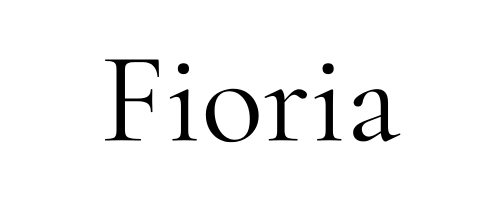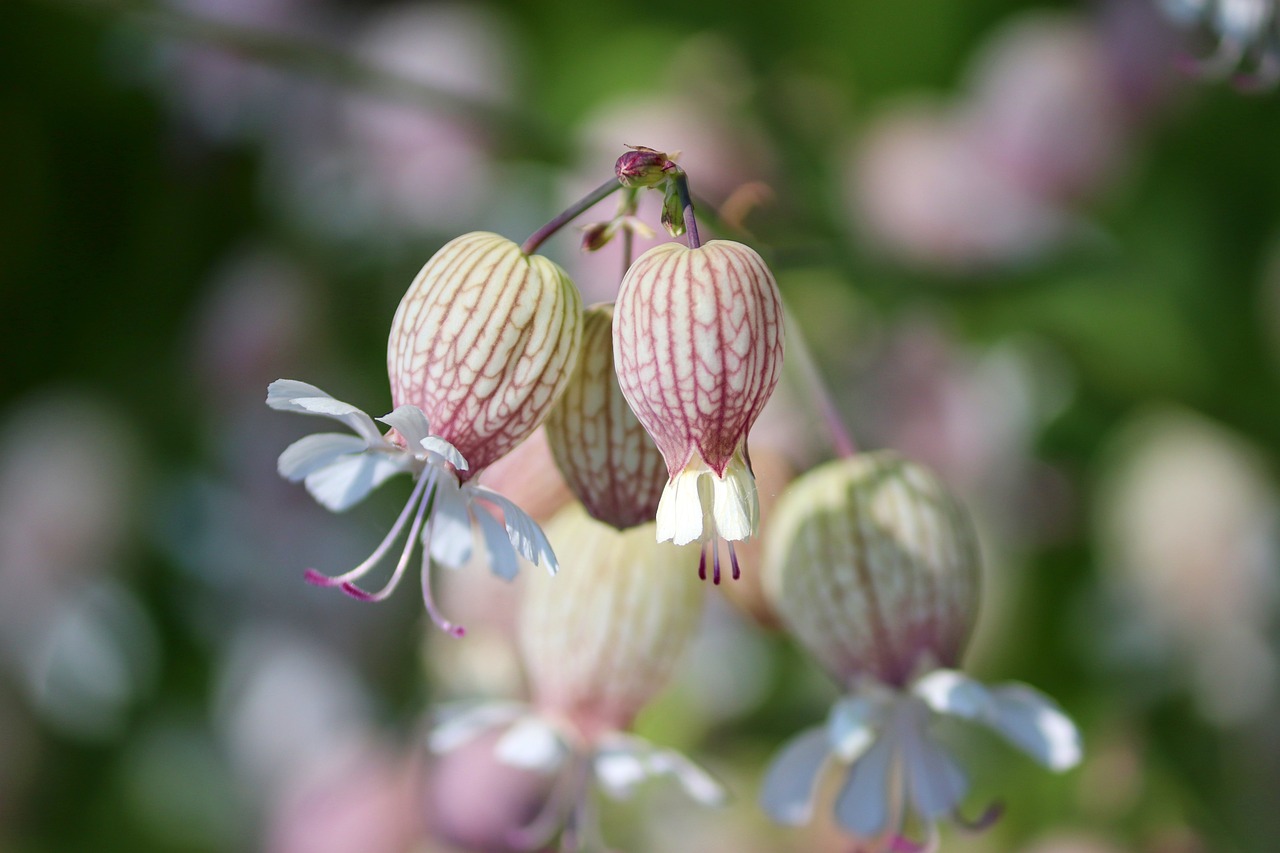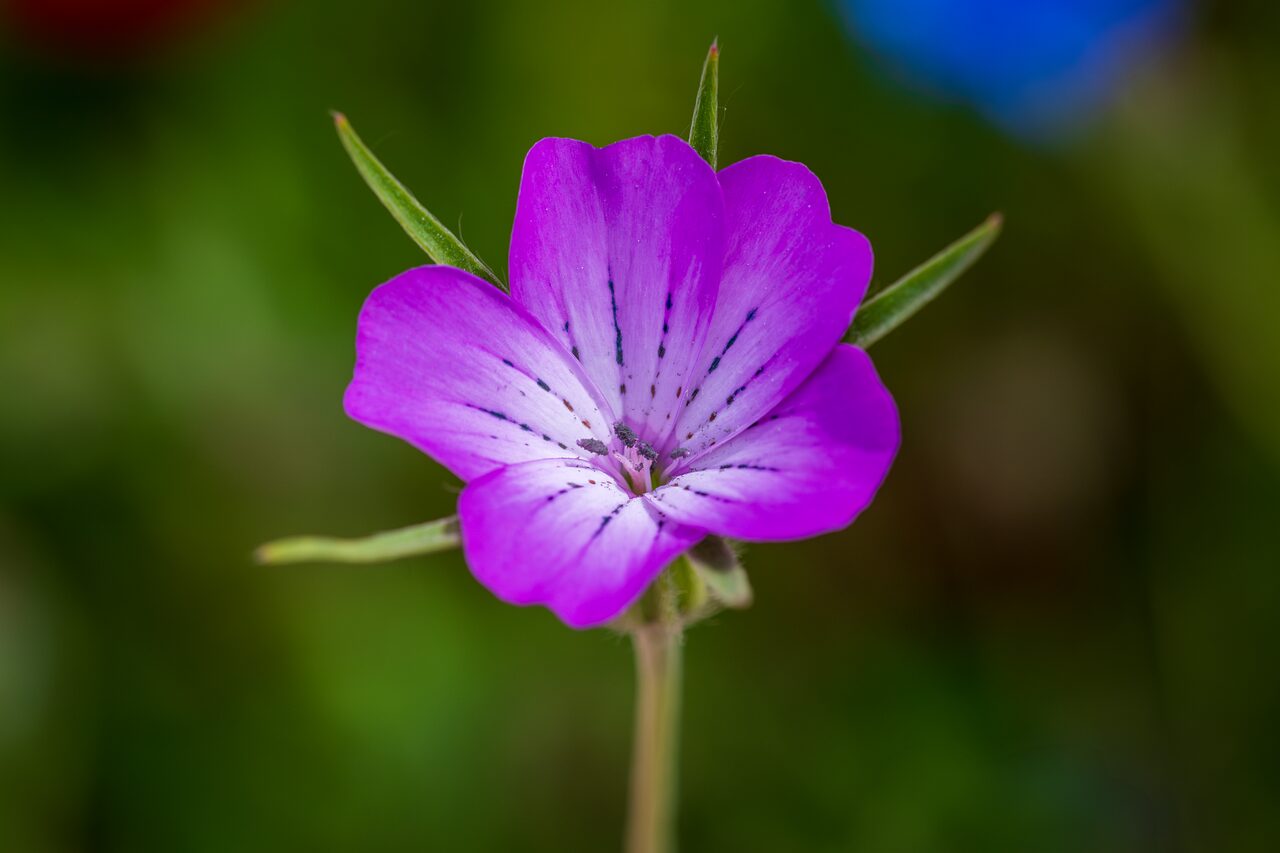Greater Stitchwort: Features and Care

Greater Stitchwort is a perennial plant with delicate white flowers and slender leaves. Blooming from spring to early summer, it brings a soft elegance to meadows and forest edges. True to its name, the plant evokes the image of “light snow,” and is cherished in many parts of Europe, especially in the British countryside.
This article provides detailed information about Greater Stitchwort, including its basic features, cultural significance, historical background, and care tips.
Basic Information
- Scientific name: Stellaria holostea
- Family: Caryophyllaceae
- Native region: Europe
- Appearance: Reaching 30–50 cm in height, it produces numerous star-shaped white flowers in spring. Its leaves are narrow and opposite, and the slightly angular stems give it a distinctive structure. When planted in groups, it creates a beautiful white carpet effect.
- Blooming season: April to June
Cultural Significance Around the World
In many parts of Europe—including the UK, Germany, and France—Greater Stitchwort blends naturally into rural landscapes and often appears in poetry and painting. In Britain, it is known by its common name and associated with springtime fairies and woodland scenes in folklore.
In French and German rural areas, it is recognized as a harbinger of spring. Its soft, modest appearance represents a gentle connection between nature and everyday life. Far from being considered just a wild plant, Greater Stitchwort reflects the changing seasons and people’s appreciation of subtle natural beauty.
Historical Background
Greater Stitchwort has long thrived in meadows and forest margins across Europe, where it became a familiar presence in agricultural communities. In medieval England, it was used to decorate spring festivals and outdoor religious ceremonies, serving as a sign of seasonal change.
During the 19th century’s botanical art boom, the plant’s fine and balanced structure made it a popular subject. In Victorian England, it appeared in gardens, poetry, and botanical illustrations, celebrated as a symbol of natural elegance and refinement.
Gardening Tips

Greater Stitchwort fits beautifully into rock gardens and natural-style planting areas.
Sunlight
Prefers bright partial shade to full sun. Avoid harsh direct sunlight.
Watering
Water moderately. In the ground, it rarely needs watering; in pots, water when the surface soil is dry.
Soil
Likes well-drained, slightly moist soil. Mixing in compost or leaf mold improves growing conditions.
Fertilizer
Requires little fertilizing. Apply a small amount of slow-release fertilizer in early spring if necessary.
Pruning
Lightly trim after blooming to maintain shape and airflow. Thin out if it becomes crowded.
Cold tolerance
Very cold hardy. No special measures are required for winter; it can handle snow well.
Conclusion
Greater Stitchwort is a charming spring flower that quietly blooms in fields and woodland edges. Deeply rooted in European rural life, it has been used in festivals, poems, and botanical illustrations.
Its graceful and modest presence makes it an excellent choice for naturalistic gardens. With its simple yet elegant form, it offers a serene reminder of seasonal change and has long been loved for its quiet beauty.




